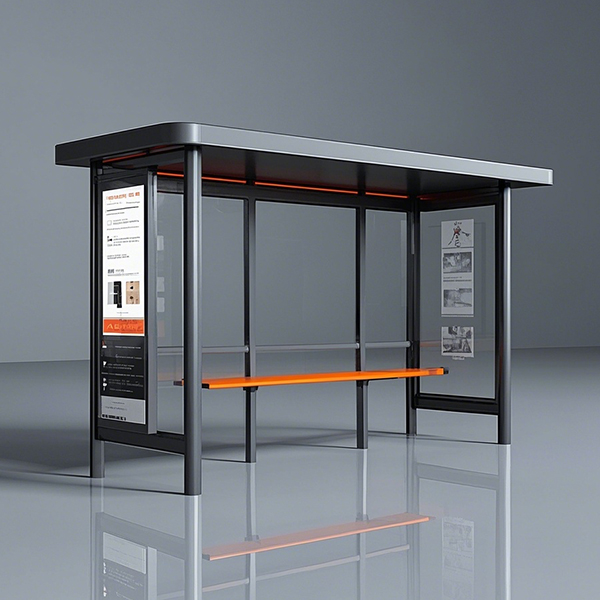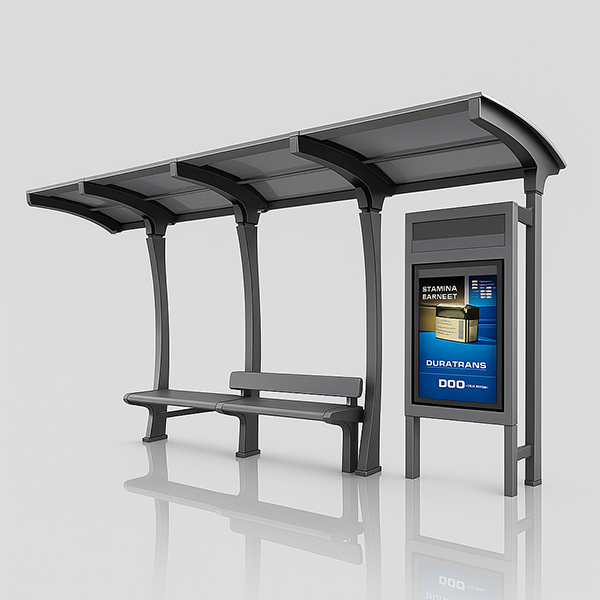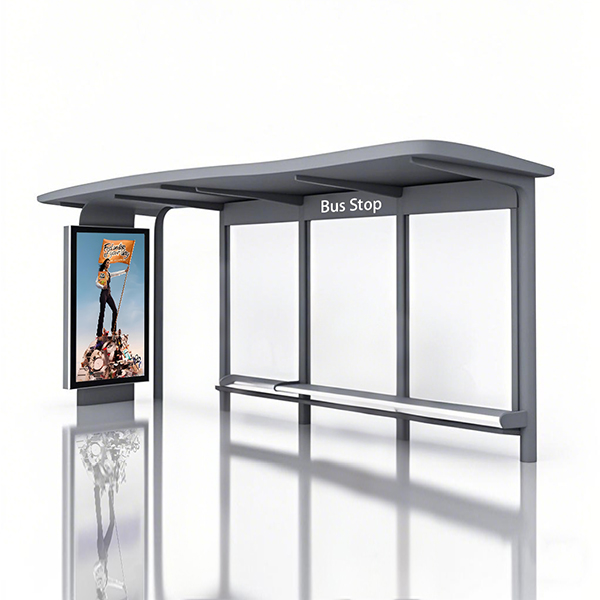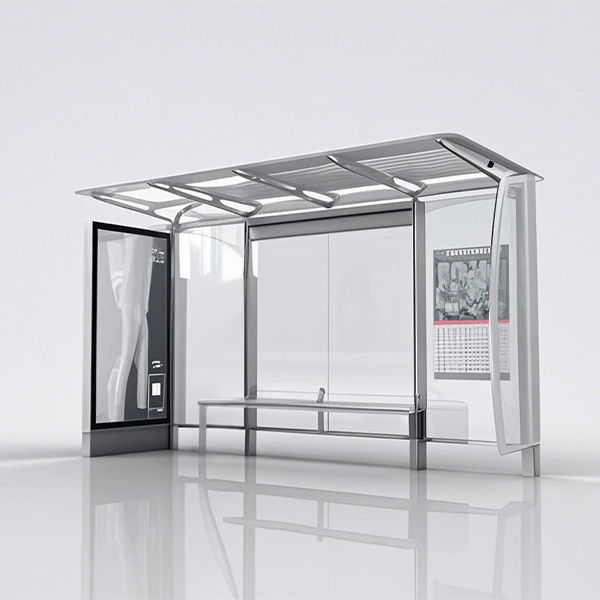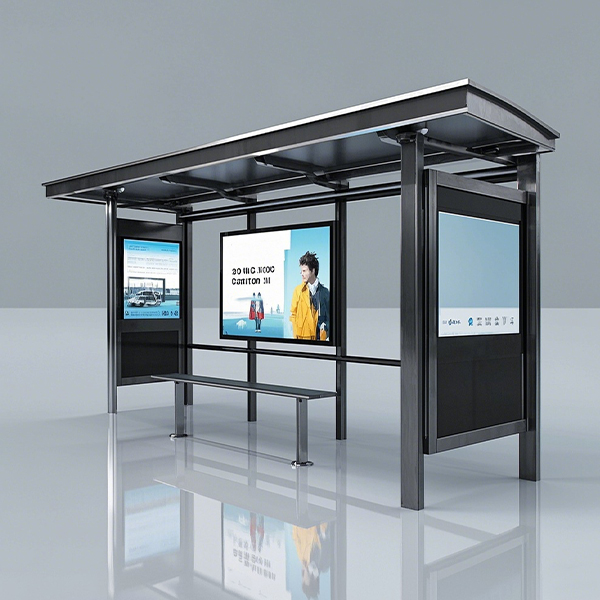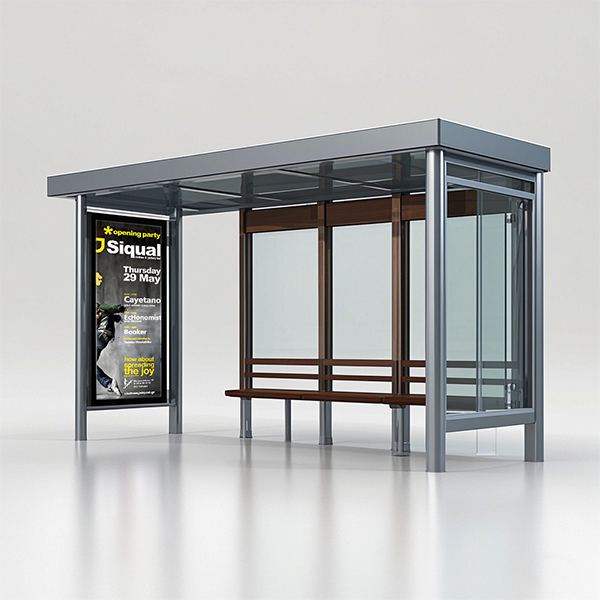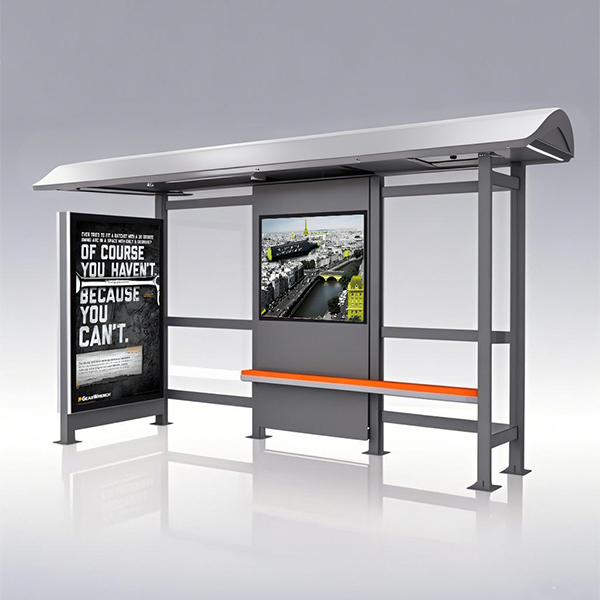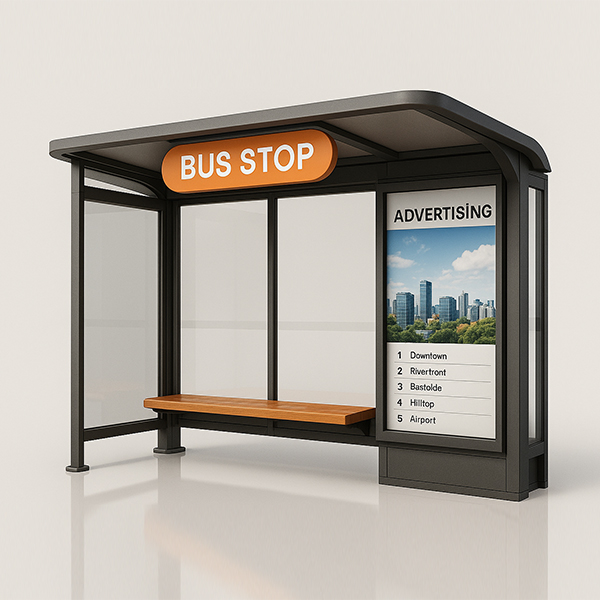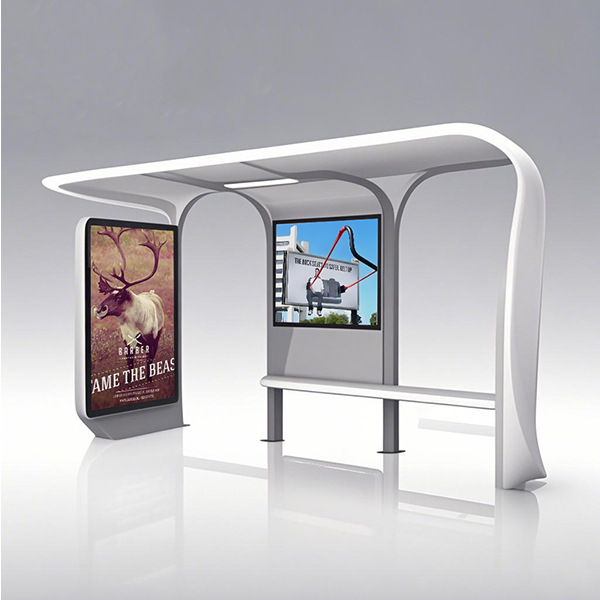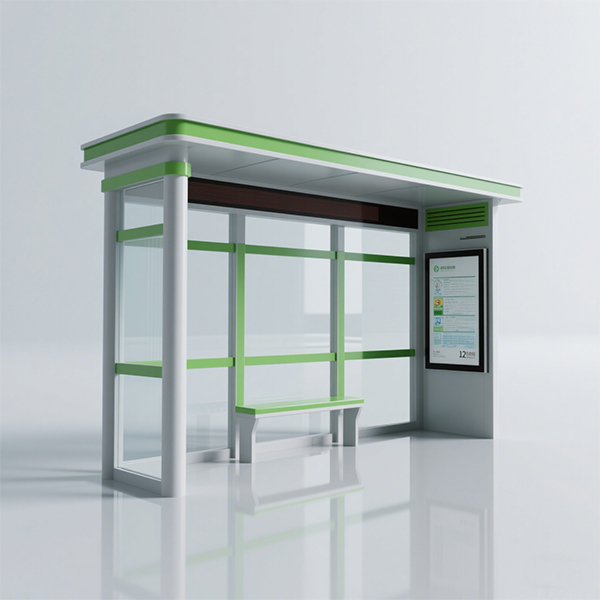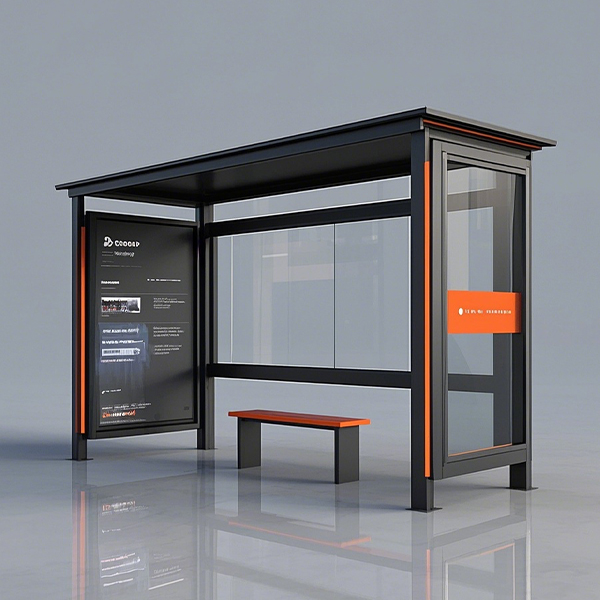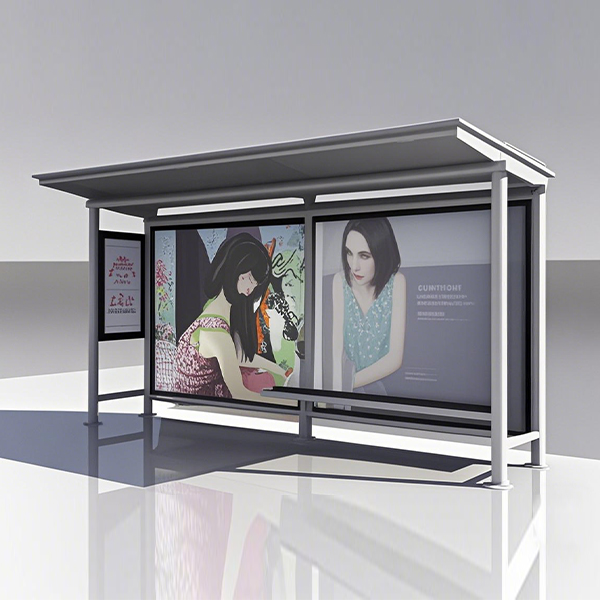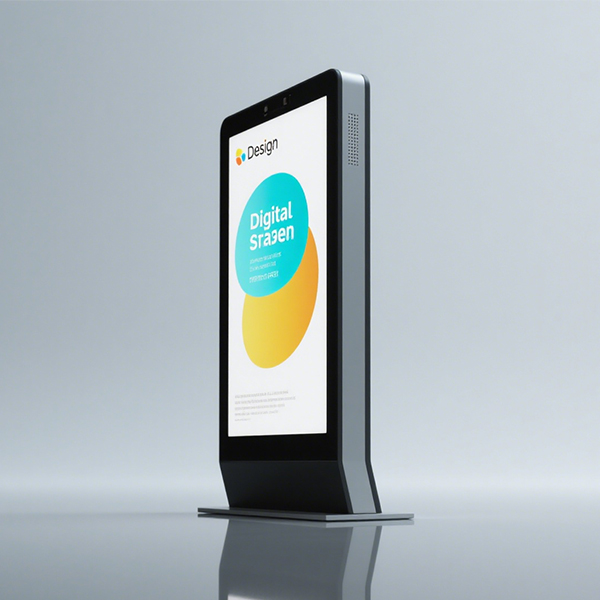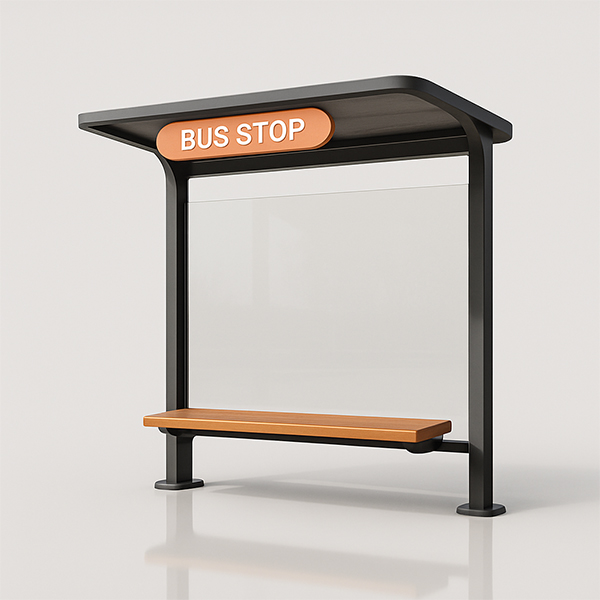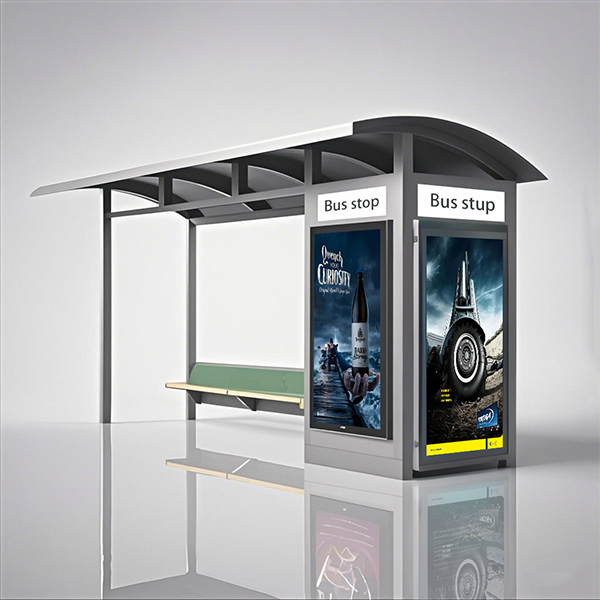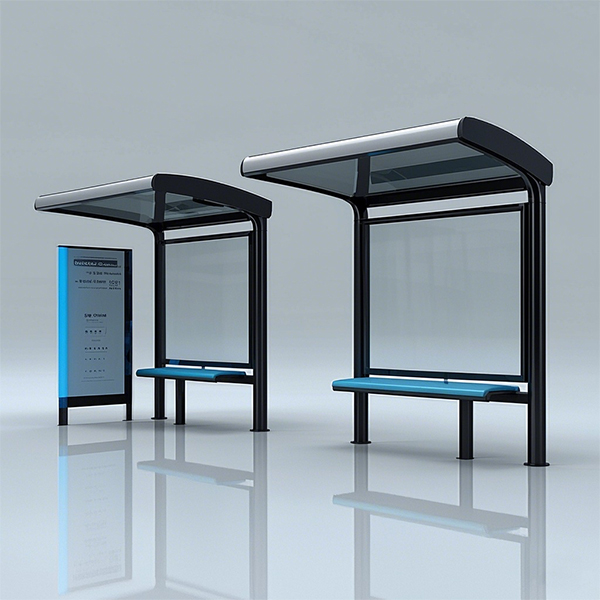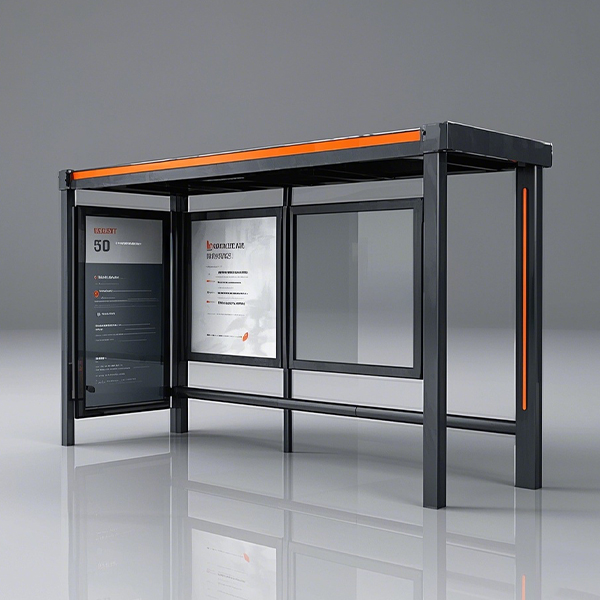
a bus shelter
This article provides a comprehensive guide to bus shelters, exploring their design, functionality, and societal impact. We'll delve into the various types of shelters available, the materials used in their construction, and the importance of their accessibility and safety features. Learn how bus shelters contribute to efficient public transportation and enhance the overall passenger experience.
Types of Bus Shelters
Traditional Bus Shelters
These are the most common types of bus shelters, typically constructed from durable materials like steel and glass. They offer basic protection from the elements and often include seating. Variations exist based on size, design, and included features such as lighting or advertising panels. The design and materials will largely depend on local climate and budget constraints. Many cities utilize standardized designs for consistency across their public transport network.
Modern Bus Shelters
Modern bus shelters often incorporate sustainable materials, advanced technology, and sleek designs. Some may feature solar panels for lighting, integrated digital displays providing real-time transit information, or even USB charging ports for passengers. These shelters reflect a move towards eco-friendliness and improved passenger comfort. The integration of technology enhances the overall user experience, providing valuable information and making the wait more pleasant.
Smart Bus Shelters
These innovative bus shelters integrate advanced technologies to enhance safety, convenience, and accessibility. Features may include integrated security cameras, emergency call buttons, real-time arrival information displays, and environmental monitoring systems. Companies like Shandong Luyi Public Facilities Co., Ltd. (https://www.luyismart.com/) are at the forefront of designing and manufacturing these cutting-edge shelters, improving urban infrastructure and enhancing public transit.
Materials and Construction
The materials used in bus shelter construction are critical to their durability, longevity, and aesthetic appeal. Common materials include:
- Steel: Provides structural strength and durability.
- Aluminum: Offers lightweight yet robust construction.
- Glass: Provides visibility and allows natural light.
- Concrete: Used for the base and foundation, ensuring stability.
- Recycled plastics: Increasingly used for eco-friendly options.
The construction process involves careful planning and execution to ensure the shelter meets safety and accessibility standards. This includes considerations for proper foundation, weatherproofing, and integration of any technology.
Accessibility and Safety
Accessibility and safety are paramount in bus shelter design. Features to consider include:
- Wheelchair accessibility ramps and wider entrances.
- Adequate lighting for nighttime safety.
- Secure seating to prevent vandalism.
- Emergency call buttons connected to dispatch.
- Clear signage and route information.
The Impact of Bus Shelters
Bus shelters play a vital role in efficient and comfortable public transportation. They provide:
- Protection from the elements for passengers.
- Improved passenger comfort and waiting experience.
- Enhanced safety and security.
- Better organization and flow of passenger movement.
- Opportunities for advertising and revenue generation.
Conclusion
Bus shelters are more than just simple structures; they are integral components of a well-functioning public transportation system. By understanding their various types, construction, and the importance of accessibility and safety, we can appreciate their contribution to a more efficient, comfortable, and safe urban environment. The continued innovation in bus shelter design, driven by companies like Shandong Luyi, promises even greater improvements in the passenger experience in the years to come.
Соответствующая продукция
Соответствующая продукция







